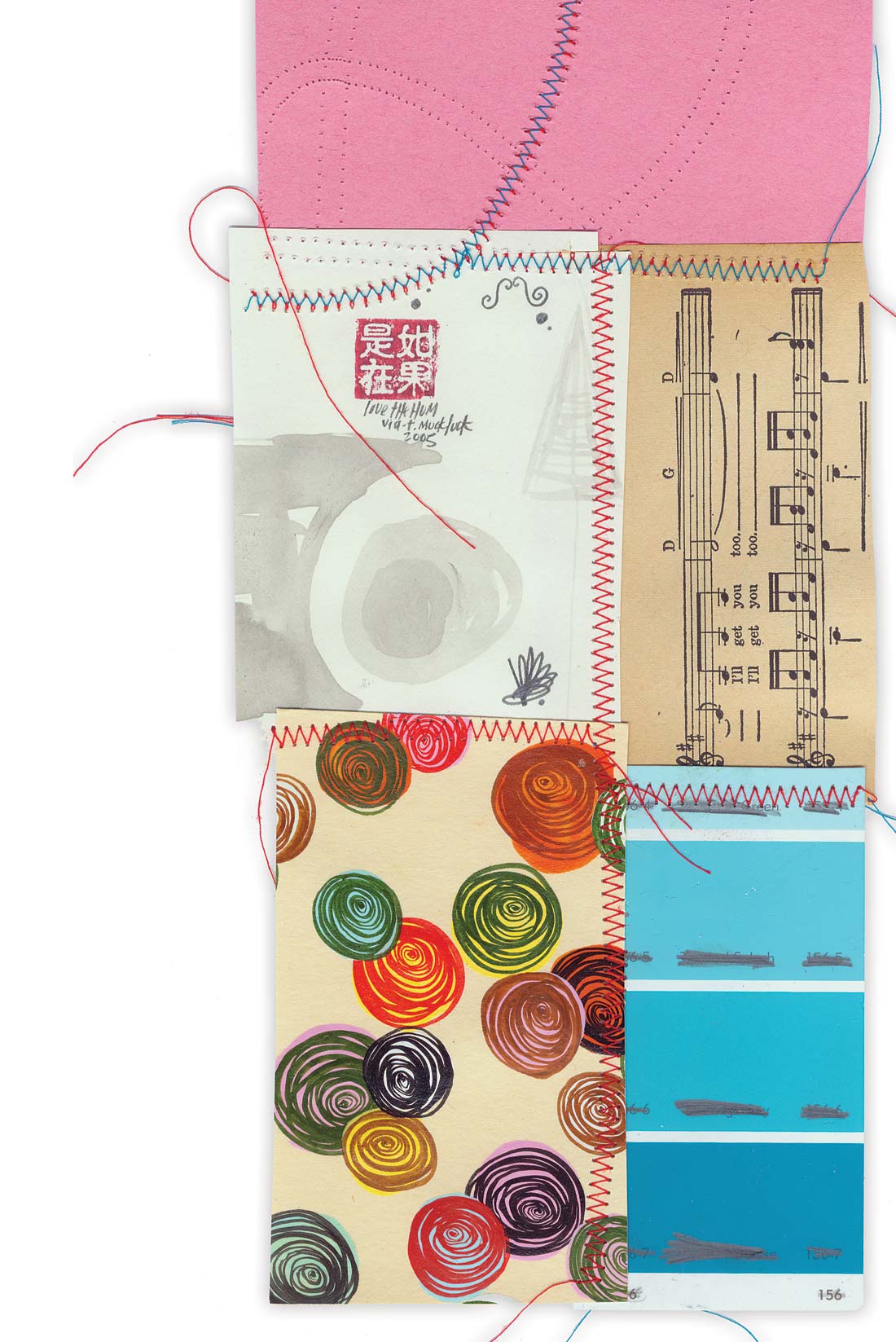Although most engineers tend to relegate multiband- processing to mastering or final mixing, I find myself using multi-band or frequency-selective processing on individual tracks all the time. For example, if you listen to Nedelle's first album, Republic of Two, you'll hear band-limited compression, distortion, and reverb on her main vocal. When John Baccigaluppi and I were mixing the album at Bomb Factory, Nedelle wanted her voice to sound vintage without losing the character of her voice. So I sent one full- band feed of her vocal track to a Fairchild 660 to lightly control dynamics and sweeten the voice. I sent another feed, band-limited through a Pultec filter so only the midrange was there, to an 1176 and set it to squash and saturate the signal. A third feed of her vocal track was shelved on the console and sent to a plate reverb. I brought all the signals back and summed them on BF's Trident A Range console. The result? Her voice sounded up front and on the cusp of distortion without loss of air and proximity-dramatic and relaxed at the same time. On Nedelle and Thom Moore's album Summerland, I used a similar trick, this time using four different compressors: two in serial working full-range; one with a low-pass filtered feed, in turn driving a digital reverb with the return shelved; and one on the mids with a good deal of distortion thrown in to really push her voice forward without killing its intimacy. This required six extra faders on my DMX-R100 console to do the splitting and summing of the main vocal track. On Nedelle's third album, From the Lion's Mouth, I again employed a multi-band vocal chain. I also used a Finalizer multiband processor to fix the acoustic guitars that I had recorded to tape at too hot a level. I needed to take out the thump on big strums, without taking out the lows in the sustain, and bring back some of the lost dynamics in the high-end.
Other than the aforementioned Finalizer example, which was limited to a single processor, the other examples required EQ's and extra faders to generate the feeds for multiple processors and sum the returns. How would you do it without a bajillion-channel console? You could get a crossover to generate the feeds (see Larry Crane's review of a Behringer crossover in Tape Op #34 where he talks about this kind of use), but you'd still need some way of summing the returns. Well, that's where the Drawmer Three-Sum comes in! It's a 3-band crossover with a summing box built- in. That means you can send a signal into it, split it into three bands (with user-selectable frequencies), feed each of the three bands to whatever processors you want, and sum the three results back together into a single signal. And it works in stereo.
I first used the Three-Sum while mixing four songs for Daylight's for the Birds (ex-On!Air!Library! and The Boggs). Singer Claudia Deheza has an incredibly beautiful voice that I would characterize as tone surrounded by breathiness. She sings softly, and part of the charm in her voice is that it sometimes "cracks" (becomes percussive and almost consonant like) on words that begin with a hard vowel, in the way that a quiet voice tends to when it crosses a certain threshold. (The words "I" and "of" come to mind.) My first thought was to use a Distressor to even out her levels and accentuate the cracking of the hard vowels, but I couldn't find a setting that kept her voice intimate and natural while still bringing it forward in the mix. So I pulled out the Three-Sum and started throwing patches through a rack of compressors. In my final configuration, I ended up squashing the mids with a Distressor, compressing some of the upper lows with a frequency-selective DPR944, and lightly smoothing the highs with a Radius 30 (a rebadged TL Audio 5021 valve compressor). Claudia's voice jumped way forward in the mix while still sounding natural, with the sincerity in her breathiness still intact.
My next use was on drums. On one song, I wanted them to sound bigger and boomier, with lots of rumble and sustain, so I strapped the Three-Sum across a submix of the drums, with lots of room added in. I nuked and brought up the lows, squashed the mids to get them out of the way of the rest of the mix, and lightly compressed the highs. I then kicked in the built-in limiter (which, by the way, does a great job of controlling overshoots without punching holes in the mix!) so the biggest tom hits wouldn't jump out unnaturally. Awesome! Then I got experimental. I took a DI'ed guitar signal and re-amped through the Three-Sum. I sent the lows thru a Moogerfooger and fed a Fender Deluxe, the mids through a Carr Mercury with the spring reverb turned up, and the highs through a Marshall JCM800, mic'ing all three amps. Holy schmoly, if it wasn't the perfect guitar sound.
Needless to say, I love my Three-Sum. It's super-easy to tweak the crossover's splits (especially since each band has a bypass and mute switch), the limiter is really useful, and it's typical Drawmer quality... which means it's built well and sounds great. With three different processors inserted into it, you can bring out subtle qualities of a track or mix, or you can go all-out nuts and really change the timbre. And you don't need a bunch of console faders to do it. By the way, fellow reviewer Mike Caffrey has a Three-Sum in his hands too, and I hear he's using it in conjunction with a mid-side processor to do crazy tricks in stereo. I'm hoping he tells us about it in an upcoming issue! ($1295 MSRP; www.drawmerusa.com)




_disp_horizontal_bw.jpg)